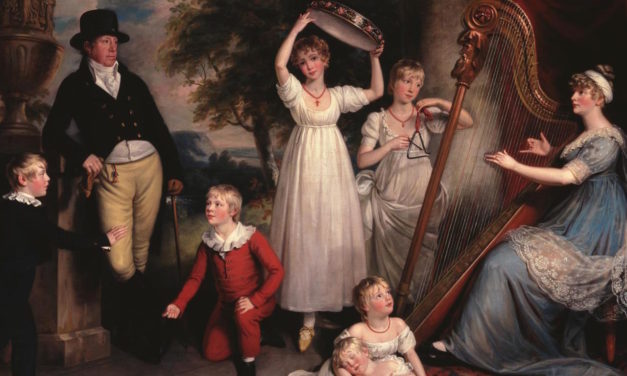Neoclassicism was not just an art movement; it was also a profound cultural shift that influenced fashion during the late 18th and early 19th centuries. Emerging in response to the opulence of the Baroque and Rococo styles, neoclassical fashion encapsulated ideals of simplicity, elegance, and the revival of classical antiquity. This article explores the characteristics and evolution of Neoclassical fashion, reflecting its enduring impact on contemporary style.
The essence of neoclassicism in fashion lies in its inspirations drawn from ancient Greece and Rome, emphasizing clean lines, symmetry, and a sense of balance. Women’s fashion of this period is particularly notable for its high-waisted silhouettes, often referred to as the empire line, which became a hallmark of 19th-century style. This dramatic shift was primarily influenced by classical statues which showcased the female form in a simple yet sophisticated manner.

A neoclassical dress highlighting the era’s elegant simplicity.
Source: Fashion History Timeline
In the realm of men’s fashion, the neoclassical influence translated into tailored jackets with high collars, waistcoats, and trousers that complemented the elegant yet restrained aesthetic of the time. Fabrics were often natural and in muted colors, with an emphasis on quality craftsmanship and modesty over extravagance. The neoclassical ideology aimed to reflect moral values and virtue, and thus, the clothing echoed these sentiments.
One of the most significant shifts during this period was the move towards lighter, looser clothing made from natural fibers. Fabrics such as cotton and linen became increasingly popular, allowing for greater comfort and movement. In contrast to the heavily embroidered materials of previous decades, neoclassical fashions embraced simplicity and understated elegance. This approach reflected a broader cultural shift towards rationality and away from the excesses that characterized earlier periods.

A stunning ball gown emblematic of neoclassical design, showcasing elegant simplicity.
Source: Fashion History Timeline
Fashion illustrations and paintings from the time also provide insights into neoclassical aesthetics. Artists depicted figures in flowing draperies reminiscent of classical statues, employing light and shadow to emulate the softness of the garments. Notable figures in fashion during this era included the likes of Madame de Pompadour and later designers who celebrated sculptural forms and harmonious proportions.

A portrait representing neoclassical ideals in both fashion and artistry.
Source: Neoclassical Theatre
The importance of neoclassical fashion extends beyond mere aesthetics; it was deeply intertwined with the socio-political context of the time. In an era marked by revolutions and calls for equality, clothing became a means of expressing one’s political stance. The simple, unadorned garments suited for both genders symbolized liberation from the tyranny of fashion’s past.
By the early 19th century, the neoclassical influence can be observed in the Regency and Empire fashions, which saw the continuation of high-waisted dresses and an emphasis on the natural form. Figures like Empress Josephine embodied these changes, championing the neoclassical style in formal settings, thus linking fashion with imperial power.

Captivating neoclassical imagery illustrating the culture’s fashion choices.
Source: Yale Books Blog
Today, the legacies of neoclassical fashion continue to inspire modern designers, often manifested in contemporary forms that retain the grace and elegance of their historical predecessors. From draped silhouettes to the ethereal quality of materials, the echoes of neoclassicism remind us of a time when fashion was about more than just clothing; it was an art form steeped in cultural significance.
In conclusion, neoclassical fashion was a beautiful manifestation of art, culture, and societal values. It represents a pivotal moment in history that not only shaped the way we dress but also how we perceive the beauty of simplicity and the power of style as a reflection of character and civilization.